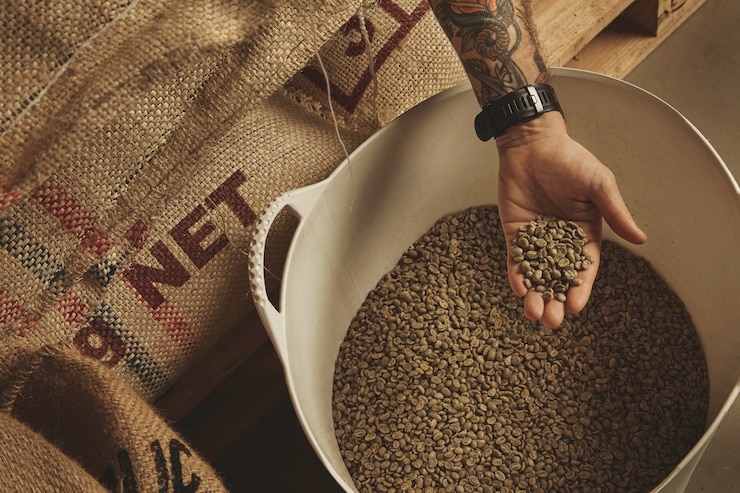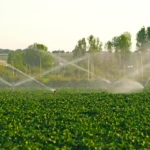Coffee farming in South Africa has gained significant attention in recent years due to the country’s diverse climate and favorable conditions for growing high-quality coffee. The art of coffee farming involves various stages, from selecting the right coffee variety to harvesting and processing the beans. Let’s explore the process of growing high-quality coffee in South Africa.
- Choosing the Coffee Varieties: South Africa offers a range of climates suitable for coffee cultivation. It’s important to select coffee varieties that thrive in specific regions. Popular coffee varieties grown in South Africa include Arabica (such as Typica, Bourbon, and SL28) and Robusta.
- Climate and Altitude: Coffee plants require specific climatic conditions to flourish. The ideal coffee-growing regions in South Africa are characterized by moderate temperatures, consistent rainfall, and well-drained soils. Altitude also plays a crucial role, as higher altitudes tend to produce better-quality coffee due to slower bean maturation.
- Planting and Care: Coffee plants are typically propagated from seeds or cuttings. After preparing the soil, the young coffee plants are transplanted into the field. Regular care is essential, including proper irrigation, mulching, pruning, and weed control. Shade trees are often planted to provide optimal conditions for coffee growth.
- Flowering and Pollination: Coffee plants flower after a few years of growth. These flowers are delicate and require proper pollination for fruit development. In South Africa, pollination is often achieved by bees, wind, or hand pollination, depending on the farming practices employed.
- Harvesting: The coffee cherries are harvested when they reach the desired level of ripeness. Handpicking is a common method, allowing farmers to selectively harvest only the ripe cherries. This meticulous process ensures the highest quality beans.
- Processing: After harvesting, coffee cherries undergo processing to remove the outer skin and pulp, revealing the coffee beans. There are two primary processing methods:
- Washed Process: The cherries are pulped, and the beans are fermented in water to remove the mucilage. They are then washed and dried.
- Natural/Dry Process: The cherries are dried as a whole, allowing the beans to absorb flavors from the fruit. Once dry, the beans are hulled to remove the outer layer.
- Sorting and Roasting: Once the beans are processed, they undergo sorting to remove defects and ensure uniformity. The sorted beans are then roasted to bring out the desired flavors and aromas. Roasting is a delicate process that requires expertise to achieve the perfect balance.
- Cupping and Tasting: Coffee farmers and experts evaluate the quality of the beans through a process called cupping. They assess aroma, flavor, acidity, body, and overall quality. This step helps identify exceptional beans and determines their market value.
- Marketing and Distribution: Finally, high-quality South African coffee is marketed and distributed to local and international buyers. Specialty coffee shops, roasters, and online platforms often showcase these unique coffees, highlighting their origin and distinct characteristics.
It’s worth noting that coffee farming requires dedication, knowledge, and ongoing learning to adapt to changing conditions and improve quality. The art of coffee farming in South Africa combines scientific techniques with the farmer’s intuition and passion for producing exceptional coffee.









